Women Mean Business: There’s a glass ceiling in IT sector - Sairee Chahal
The gender divide is fast dissipating in every sphere of business. There are several women business leaders today, leading from the front and inspiring an entire generation of young women to take up the mantle of leadership.
English Business News Channel BTVi - Business Television India has endeavoured to bring women thought leaders under one platform, celebrating their success stories, thereby motivating the millennial with their show, ‘Women Mean Business’. The second season of the show went on air on June 17, 2017 and airs every Saturday @ 8pm on the channel. The guests on the show this season will range from Media baron to Renowned Restaurateur, from award winning Gemologist and Jewellery Designer to Globally acclaimed artist.
As Founder & CEO of www.sheroes.in, an online career destination for women, Sairee Chahal has emerged as India’s foremost women at work evangelist. The Sheroes Community has access to high growth career resources, mentorship and support. Sheroes engages with businesses to help them connect with female talent in the form of employees, partners, customers and business owners.
Chahal had earlier co-founded Fleximoms. She is also the Convener of The Sheroes Summit and has been instrumental in bringing businesses and women professionals on a common platform.
Nominated for the Editor’s choice for L’oreal Femina Women’s Award, Chahal is also a Cartier Women’s Award Initiative for 2012 alumni, a TED speaker, Business Today, Most Powerful Women in Indian Business 2012 and has been featured on shows like Young Turks, Pioneering Spirit and What Women Want. She has been nominated and accepted as an Aspen Fellow – a global leadership fellowship. A believer in work-life redesign, serial entrepreneur, mentor, an occasional writer, and mother of a 9-year-old.
Chahal started her career as a journalist with ‘A&M’ magazine and quickly moved on to set-up world’s first daily for mariners – www.newslinkservices.com.
To watch full video click here.
In terms of business, what are you doing bigger and better at this stage?
Think of it as a typical consumer internet company, where one starts by piloting it with an idea and takes a shot at it. That’s exactly what we did – taking a shot for women and their aspirations on the internet. At an earlier stage, it was testing the market and figuring out what we were going to do.
We are making sure that every woman’s aspirations can be catered to at Sheroes. She could be someone living in Mumbai having a top job, or could be somebody in a small village who wants to figure out her options and opportunities. The whole idea is to line up a ecosystem that supports that. And we are populating that ecosystem more and more. We have over 300 partners who power a lot of these elements at Sheroes. These include opportunities, mentor advice, scaling options, support options.
How are you using technology to expand what you do?
Technology enables us to understand what the users are doing with us. What is their persona? Who are they? What are they looking for? How often do they seek us? What kind of families do they come from? What kind of preferences or interests do they have? This allows us to tailor what we put in front of this person. The largest source of data/ insights around women in India are insights around consumer behaviour, aspirations, what do women want and figuring out things that go into any layer of data. We are going to use this technology to make our services efficient.
We run a career helpline and it’s a first of its kind in the world, where someone has set up a consumer helpline via consumer internet platform and our helpline gets users from all across the country, including some of the remotest parts that are not there even on the traditional internet map. The kind of conversations we have with them are deep, because our intent is to help the person stay longer, do more, get deeper insights, and connection is core to us.
Language is a big part of the pan-India presence that you have. How do you manage that?
Today, the consumers that we talk to can figure out a smartphone and an English interface. The next sort of project that we are building and the lab work that we are doing is around vernacular. Going out and serving women who are not on the urban map or on the English speaking map.
What is the key challenge that you face while making female talent meet its destiny?
Globally – and even in India – everybody is trying to get different results by doing the same thing. The fact is that we are all struggling because nobody is adding talent to the pool, but everybody is taking it away. So, part of our job is to make sure that talent stays and finds it way more automatically. People can thus figure out their opportunities better and secondly, innovating in models.
There are a lot of women who want to get back to work and so we went ahead and made a programme that allows one to manage remote solutions. We have created a pool where these women work from home and are managed by us, so that companies can work with more women at the same time.
How do you curate the organisations that you work with?
We work with organisations at 4-5 levels. One is at a very consumer interest level. Then we have partly assisted models to fully managed models. There is something for everyone and the idea is to offer the full stack to companies. We have stacks that pretty much cover the entire range for companies to pick products from, and our bottomline is that you should do this because it is good for your P&L and not because you are doing women a favour.
How are the organisations using the insights that you have developed so far?
A lot of companies are using our insights to reach out to the right kind of people. Am I visible to them, Can I talk to them? Can I build a more engaged model of building talent pipelines? Can I stay with them longer? Can I also help them resolve certain challenges?
The whole idea is to enable companies to engage longer with the women who are potential employees, potential partners, or high potential leaders. How companies can use data to reach out to them and how we can curate that conversation.
What are your views on more women getting into technical fields than before?
IT services brought in a lot of women, but unfortunately, didn’t push them into leadership. There is a sever glass ceiling that nobody talks about in the IT service sector. We left women a bit behind and there is a layer where the match doesn’t happen. Part of our job is to create those partnerships. We went and tied up with everyone so that we could take it to a large number of people.
Are gender conversations more damaging or more constructive?
We do not allow men on to the platform anymore; we took a call and decided to create a space which is unique for women, which is safer, which is spam free, and we can control more and offer more emotional support. Gender is an important conversation, but what has happened is that we took away action from gender. Gender became a discourse only and I think that is very damaging, because we are not building products and solutions, we are also not collaborating. We need to create allies and dip into resources that are available to us and we also need to take the masses along.
To a lot of women, gender conversation doesn’t translate into the language you and I talk or somebody else. Their sense of empowerment might start from having a bank account and we ask ourselves how we can take it up from there.
How are women in the remote areas reaching out to this platform?
We had this call from a tiny village in Tamil Nadu from a woman who told us that she is trained to be a beautician, but has got out of an abusive marriage and wants to set up a parlour. She asked us if we could help her.
In such instances, we connect the women to local partners, make available the resources that they need and educate them on what the government can offer them. Where they can get their business planned, who the mentors are – thus, there’s a whole line-up that they become aware of. Location location is not really a constraint.
We are starting a North-East operation, because we figured that it is really left out and we can do more.
Tell us something about your first baby?
We created a company called ‘Newslink’, which brought out the world’s first newspaper for mariners. When they are on the ships they get disconnected from their home. So we built this product that would go for every nationality sailing and would beam it once a day that they could download or print on a desktop and then distribute it. I was 21 years old at that time. I think that gave me a lot of insight and we built up a team of 120 people in a span of two years.
I always knew that I would build this into a scaled up venture with high impact and made it clear that we wanted to be at the head of the curve in terms of business model and efficiency. For that, you need the right kind of partners, investors and people who believe in the things that you do. Luckily, we have got a fantastic bunch of people who shared the Sheroes vision and our satisfaction level is extremely high.
What were the challenges that you came across?
The first challenge was that people recognised it as an NGO because it is related to women, but over time that perception completely changed. The fact is that nobody associates with products or platforms unless you are a fashion brand or a consumer brand and according to me, that was the greatest barrier. But as we kept growing, now this ecosystem has enough stakeholders and ambassadors who are amplifying our message and who believe in this. Overall, 16,000 companies have used Sheroes in 3 years. We have been scaling consistently and the major inflection points were the introduction of our helpline and more engagement on the platform.
What message is Sheroes delivering on the debate of specialisation versus diversification?
I am more of a product manager who needs to coach than a human resource professional, because I don’t have any kind of training in human resource management. I still see myself as someone who is out there to build products or someone to create the framework for business. I have done masters in Russian Literature, M.Phil in International Relations and I also did my MBA from IMT Ghaziabad. Thus, I have covered a wide range and according to me, range is the way to go forward. Even when we talk to women, the first thing we cover is how quickly they can re-adapt and shift themselves from one lifecycle to another.
How to you find the time to manage this whole thing?
I need to watch my sleep, because if I don’t sleep for two days, I behave like a Sad Sack! I also love my Yoga and exercise, which are non-negotiable.
You have said that you want to work harder. What does that mean?
I feel that there are lots of thought bubbles in my mind which need to convert into ideas. Among these is one about building a programme for women dealing with artificial machine learning, because very few women in India are involved in this space. I am planning to do something in this space. But above all, when the best products out of India are counted, I want Sheroes out there. After all, the best product cannot always be a vanity product, sometimes they can be impact products too.
To watch full video click here.





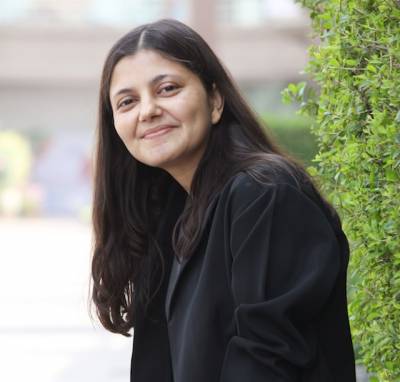
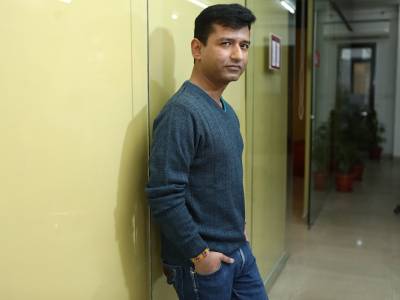
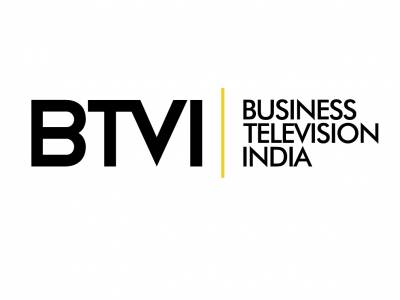
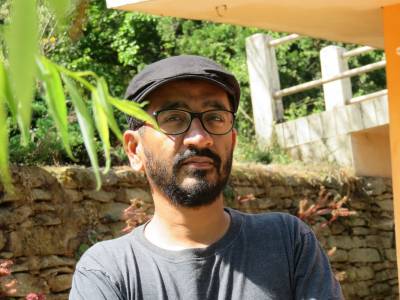
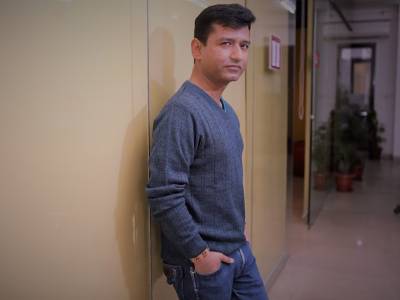

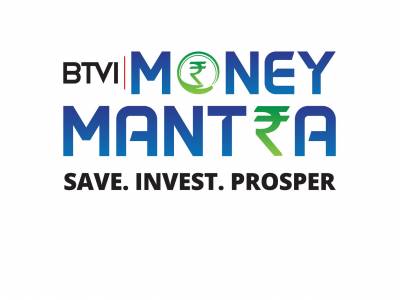
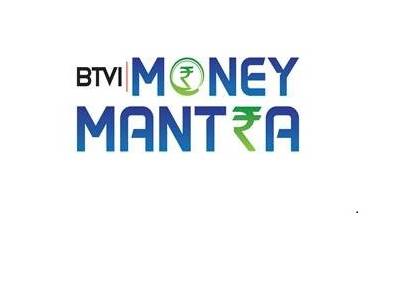
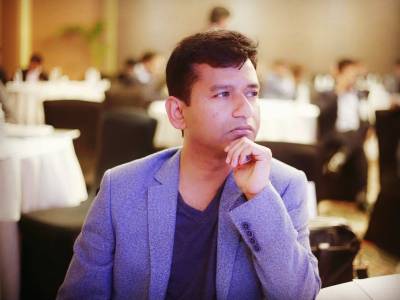
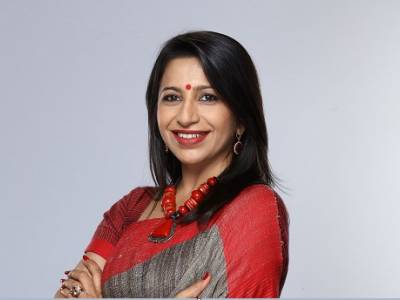




Share
Facebook
YouTube
Tweet
Twitter
LinkedIn